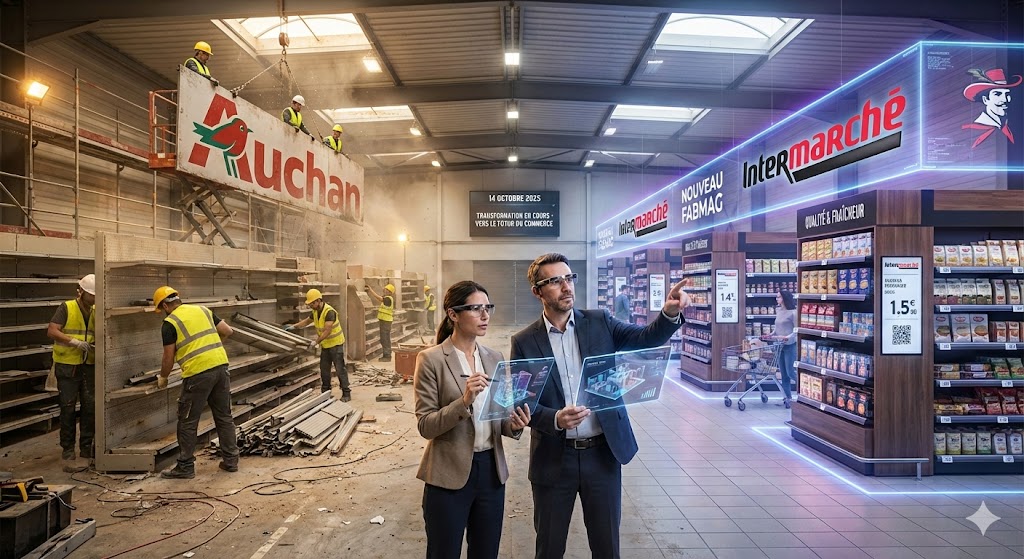Why use merchandising software?
Optimize your merchandising merchandising strategy starts with choosing the right software. Properly selected merchandising software can be the key to maximizing your company's profitability. However, choosing the right software to meet your company's specific needs can be difficult. In this article, we'll explore the key criteria to consider when choosing merchandising software.
%20(1)%20(1).png)
Successful merchandising creates an immersive customer experience, optimizes sales space, and boosts sales. Well-chosen merchandising software can automate numerous tasks, offer real-time visibility on store performance, provide in-depth analysis for informed decision-making and/or enable new concepts to be rolled out quickly and efficiently.
Merchandising encompasses all techniques aimed at optimizing the layout of products at point-of-sale (POS) and presenting them effectively to consumers. The main aim is to maximize sales by playing on the proximity of products or product families, their height and width, and therefore the number of units and references per unit of need.
It is therefore essential to optimize product placement at hand and eye level, and brands often use accessories such as markers to highlight an item in relation to the competition. In supermarkets, packaging and sales promotion also play a key role in this strategy.
To optimize your merchandising strategy, you can turn to merchandising software 3D merchandising software, which will enable you to reproduce your point of sale virtually, and to work on your planograms and point-of-sale displays.
Merchandising software selection criteria
.png)
1. Adaptability and customization
Every company has unique merchandising needs. Make sure the software you choose is adaptable and allows easy customization to align with your company's specific vision and objectives.
2. Intuitive user interface
Effective merchandising software must be accessible to everyone. Opt for an intuitive user interface that will reduce learning time for your team and facilitate day-to-day use.
The latest 3D technologies greatly simplify merchandising learning and enable students to train on professional software. To find out more, read thearticle on this subject or visit our Education Edition.
3. Adapted analytics
Choose software that offers the right analytical features to evaluate product performance, track trends, and adjust your strategy accordingly.
It's important to note that some software packages can be used to carry out shopper studies, for example, to analyze the customer journey. To find out more about using merchandising software for shopper studies, take a look at our article "Shopper research and virtual reality: 3D shopper research - Retail VR and Enov partnership"
4. Integration with other tools
For maximum efficiency, make sure your merchandising software can easily integrate with other tools used in your business, such as inventory management systems and online sales platforms.
5. Responsive customer support
When evaluating merchandising software options, be sure to check the quality of the customer support offered by the supplier. In the event of a problem or question, responsive customer support can make all the difference. Opt for a supplier that offers real-time assistance, comprehensive online resources, and a commitment to rapid problem resolution. Quality customer support ensures smooth software operation, minimizing potential interruptions to your merchandising operations.
What should we remember?
Well-chosen merchandising software will offer adaptability, ease of use, versatility and responsiveness. Keep these criteria in mind during your selection process, and you'll be well positioned to choose merchandising software that aligns your strategy with industry best practices.
To find out more, discover the emerging trends in the sector in our white paper "WHAT CAN 3D TECHNOLOGIES BRING TO RETAIL?".


.png)

.webp)
.webp)
.webp)